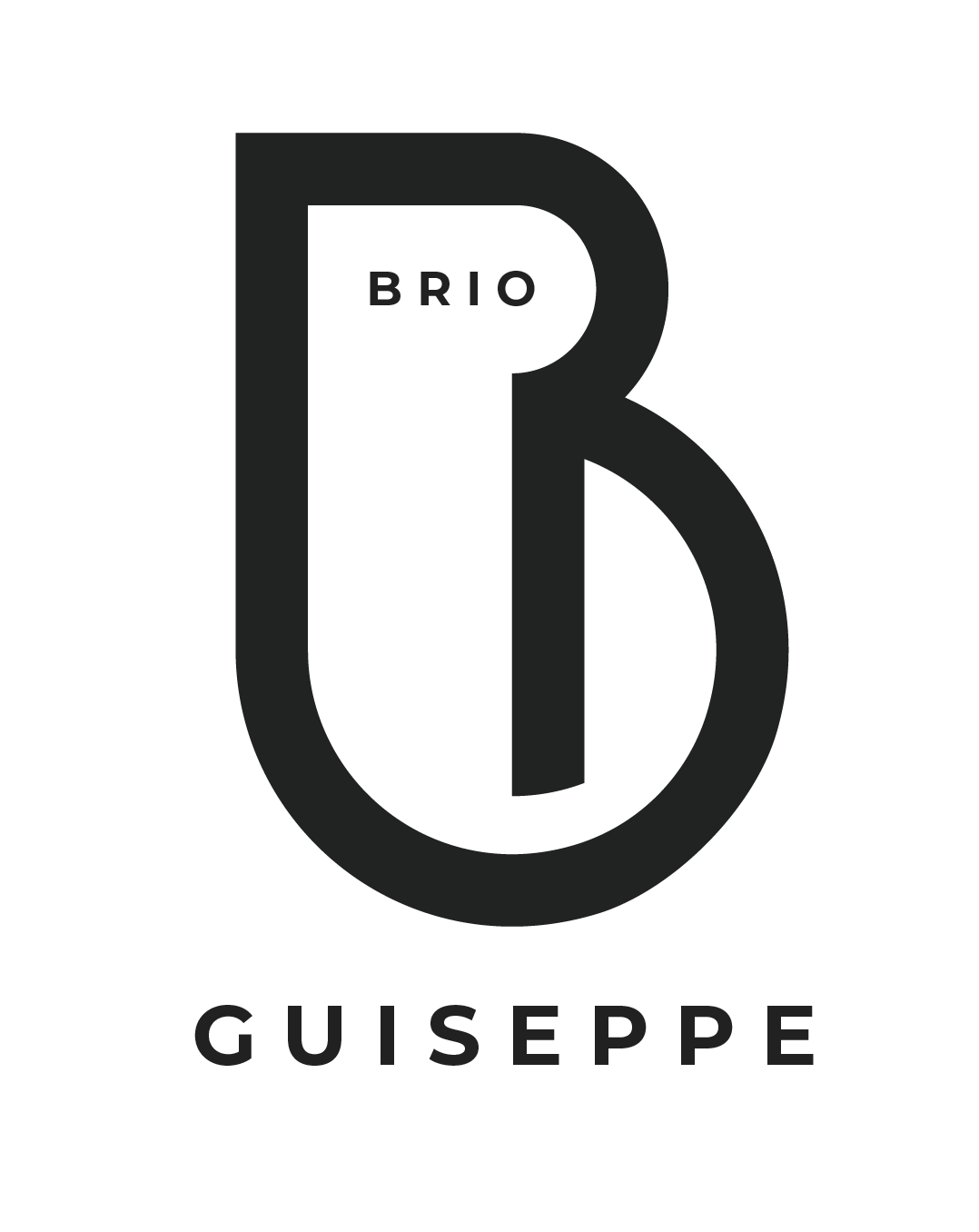Freelancing offers the freedom to work on your terms, but it also comes with the responsibility of managing your time effectively. Successful freelancers know that mastering time management and productivity is key to a thriving career. In this guide, we’ll explore essential time management techniques and productivity hacks tailored specifically for freelancers.
Table of Contents
Prioritize Your Freelance Tasks:
Effective time management starts with prioritization. Identify your most important freelance tasks and tackle them first. Tools like the Eisenhower Matrix can help you categorize tasks into urgent, important, less important, and non-urgent categories.
Identify High-Priority Tasks:
When you’re a freelancer, juggling multiple projects, clients, and responsibilities is common. Knowing how to prioritize effectively is crucial for success. Here’s how to go about it:
Begin by identifying tasks that have the most significant impact on your freelance career. These may include tasks directly related to client work, projects with imminent deadlines, or activities generating the most income.
Utilize the Eisenhower Matrix:
The Eisenhower Matrix is a valuable tool for prioritization. It categorizes tasks into four distinct quadrants:
- Urgent and important: These are tasks that demand immediate attention, such as meeting tight deadlines or handling client emergencies.
- Important but not urgent: These tasks contribute to your long-term success, such as skill development, marketing efforts, or networking.
- Urgent but not important: These tasks might seem pressing but don’t significantly contribute to your goals. Consider delegating or finding ways to minimize them.
- Not urgent and not important: These are tasks that can be eliminated or postponed. They often involve distractions or low-value activities.
Set Clear Priorities:
Once you’ve categorized your tasks, establish clear priorities within each category. Determine which high-priority tasks need your immediate focus and which can be scheduled for later.
Create a To-Do List:
Compile your prioritized tasks into a well-organized to-do list, utilizing tools like Todoist or Trello to stay organized.
Review and Adjust Regularly:
Frequently reassess your task priorities, adapting as circumstances change or new opportunities arise.
Prioritizing your freelance tasks helps you allocate your time and energy effectively, ensuring that you address the most critical aspects of your freelancing career first. It prevents you from feeling overwhelmed and allows you to maintain focus on what truly matters for your success.
Establishing Well-Defined Freelance Objectives:
Define Your Freelance Goals:
To thrive in freelancing, it’s essential to have a clear sense of purpose. Outline your short-term and long-term objectives, encompassing both financial milestones and professional accomplishments.
Setting Firm Project Deadlines:
Once you’ve established your goals, it’s time to allocate specific deadlines for your freelance projects. This step ensures that you work systematically and efficiently.
Using Project Management Tools:
Leverage project management tools like Trello or Asana to organize your tasks, track project progress, and meet your set deadlines. These tools help streamline your workflow and enhance accountability.
Balancing Flexibility and Structure:
While deadlines are vital, freelancing often offers flexibility. Strike a balance between adhering to timelines and accommodating unforeseen changes or client requests. Adaptability is a valuable trait in the world of freelancing.
Review and Adjust Goals:
Regularly review your freelance goals and deadlines. Adjust them as needed based on your evolving priorities, client demands, or personal growth. Flexibility in goal setting allows you to stay agile and responsive.
Harnessing the Power of Time Blocking:
Time blocking is a highly effective time management technique used by freelancers to structure their workdays for increased productivity. This method involves dividing your workday into distinct blocks of time, each dedicated to a specific task or set of tasks. The goal is to allocate focused, uninterrupted periods for your freelance work, which can significantly enhance your efficiency and overall productivity.
To implement time blocking effectively, you’ll start by creating blocks of time on your daily or weekly schedule. These blocks can vary in duration, depending on the complexity of the task and your personal preferences. It’s common to use time blocks ranging from 25 minutes (following the Pomodoro Technique) to 2 hours. The key is to match the block length with the nature of the work.
Within each time block, you’ll assign specific freelance tasks or projects. Be precise about what you aim to accomplish during that block. For instance, you might allocate a morning block for client work, an afternoon block for administrative tasks like invoicing or responding to emails, and an evening block for personal skill development or networking.
Crucially, during your time blocks, it’s essential to eliminate distractions. Turn off non-essential notifications on your devices, close irrelevant browser tabs or applications, and let friends and family know about your focused work periods. You might also consider using website blockers to prevent access to distracting websites during these times.
While the emphasis in time blocking is on concentrated work and effective time management, it’s equally important to include short breaks between blocks. These strategically timed breaks allow you to recharge, stretch, and clear your mind, contributing to better time management. They can be as short as 5-10 minutes or longer, depending on your preferences and time management strategy. These breaks are essential for maintaining focus, preventing burnout, and optimizing your time management.
One of the advantages of time blocking is its flexibility. Freelancers often need to adapt to changing client needs or unforeseen challenges. If a client requires immediate attention, you can rearrange your blocks accordingly, ensuring that urgent matters are addressed promptly.
Lastly, it’s important to regularly monitor your use of time blocks and evaluate their effectiveness. Are you consistently meeting your goals within each block? Are there patterns of high or low productivity? Reflect on your findings and adjust your approach to optimize your time management continually.
Time blocking is a powerful technique that helps freelancers structure their workdays for maximum productivity. By dedicating specific blocks of time to essential tasks and minimizing distractions, you can achieve greater focus and efficiency in your freelance endeavors.
Unlocking Productivity: Embracing the Pomodoro Technique
The Pomodoro Technique involves working in short, focused bursts (usually 25 minutes) followed by a 5-minute break. This method can enhance productivity and prevent burnout. Many freelancers find it particularly effective for managing their work.
Embracing the Pomodoro Technique
The Pomodoro Technique is a widely used time management method embraced by freelancers seeking enhanced productivity. This technique breaks your work into focused intervals, usually 25 minutes in length, followed by a short 5-minute break. The approach is simple yet effective in maximizing concentration and output.
How It Works:
- Set a Timer: Start by setting a timer for 25 minutes, known as a “Pomodoro.” During this period, concentrate exclusively on a single task. This could be client work, content creation, or any freelance-related activity.
- Work with Intensity: As the timer ticks, immerse yourself in the task, avoiding distractions or interruptions. The sense of urgency created by the ticking timer often leads to heightened concentration.
- Take a Short Break: When the 25 minutes are up, take a 5-minute break to relax and recharge. Step away from your workspace, stretch, or simply clear your mind. This break is essential to prevent burnout.
- Repeat and Track: After the break, start another Pomodoro session, continuing the cycle. After completing four Pomodoros, take a more extended break of 15-30 minutes. Use this time to reflect on your progress and adjust your focus if needed.
Benefits for Freelancers:
The Pomodoro Technique offers several advantages for freelancers in effective time management. It encourages deep work by fostering intense concentration during short bursts. This method is particularly useful when tackling complex freelance projects, as it breaks them down into manageable segments. Moreover, the structured breaks prevent burnout and maintain energy levels throughout the workday.
Incorporating the Pomodoro Technique into your freelancing routine can significantly boost productivity, helping you complete tasks efficiently while maintaining a healthy work-life balance.
Automate, Delegate, and Enhance Time Management for Freelance Success:
As a freelancer, you wear many hats, but you don’t have to do everything yourself. Efficient time management is essential. Automate repetitive tasks with tools like Zapier, and consider delegating tasks that can be handled by others, such as administrative work or bookkeeping.
In the world of freelancing, time is money. To maximize your efficiency and focus on high-value tasks, it’s essential to leverage automation and delegation.
Automation: Freelancers often find themselves repeating administrative or repetitive tasks, such as invoicing, email responses, or social media posting. Automation tools like Zapier or Integromat can handle these tasks for you. By setting up workflows, you can automate email responses, schedule social media posts, and even track your freelance income. This not only saves you time but ensures that routine tasks are handled consistently.
Delegation: While you may wear many hats as a freelancer, it’s crucial to recognize that you don’t have to do everything yourself. Delegate tasks that can be handled by others, such as bookkeeping, graphic design, or content writing. Virtual assistants or freelance specialists can assist in these areas, freeing up your time to focus on your core freelance work and strategic business growth.
Automating and delegating tasks can streamline your freelance operations, allowing you to devote more time and energy to your core services and client relationships.
Elevate your freelance success with optimized Workspace and Time Management:
A well-optimized workspace can significantly impact your freelancing productivity and overall well-being. As a freelancer, you have the flexibility to design your workspace to maximize efficiency and comfort.
Organize Your Tools and Resources:
Start by organizing your essential tools and resources. Ensure that your computer, peripherals, and relevant software are readily accessible and in good working order. Invest in ergonomic furniture and accessories to promote a comfortable and healthy working environment. A well-organized workspace minimizes distractions and enhances focus.
Personalize for Inspiration:
Freelancers often draw inspiration from their surroundings. Personalize your workspace with elements that inspire you, whether it’s artwork, plants, or motivational quotes. Creating an environment that resonates with you can boost creativity and overall satisfaction in your freelance work.
By optimizing your workspace, you create a conducive environment for productivity and creativity, setting the stage for a successful freelancing career.
Practice Time Tracking:
Time tracking is a fundamental practice for freelancers seeking to optimize their workflow and productivity. By consistently monitoring how you allocate your work hours, you gain valuable insights into your work patterns and efficiency. Time tracking tools, such as Toggl or Harvest, can help you record the time spent on specific tasks or projects, creating a detailed record of your workday.

This data allows you to identify areas where you excel and those that may require improvement. It also aids in accurate billing for client work, ensuring you’re compensated fairly for your efforts. Moreover, time tracking encourages self-accountability, as you become more conscious of how you utilize your time. This awareness can lead to better time management, increased productivity, and the ability to meet client deadlines consistently.
Over time, the practice of tracking your work hours can become a powerful tool for optimizing your freelance career.
Enhancing productivity: The power of single-tasking for Freelancers
While multitasking may seem like a way to get more done in less time, it often leads to decreased productivity and lower-quality work for freelancers. Juggling multiple tasks simultaneously can result in divided attention and increased cognitive load, making it challenging to focus effectively on any one task. By limiting multitasking and instead concentrating on one task at a time, freelancers can achieve better concentration, increased task completion rates, and higher overall efficiency.
This approach allows for deeper engagement with each task, enabling freelancers to produce higher-quality work, meet deadlines more consistently, and reduce the likelihood of errors. Over time, embracing a single-tasking approach can lead to improved time management, greater job satisfaction, and enhanced client satisfaction, all of which are crucial for a successful freelancing career.
Recharge your energy: The importance of breaks and rest for Freelancers
In the dynamic world of freelancing, where schedules can often be demanding and deadlines loom, effective time management becomes crucial. It’s easy to overlook the significance of taking breaks and allowing oneself to rest in this context. However, this aspect is far from trivial—it’s essential for maintaining peak performance and well-being while effectively managing your time. Regularly incorporating short breaks and adequate rest periods into your workday is vital for both time management and productivity. These intervals provide an opportunity to recharge both physically and mentally, preventing burnout and sustaining high levels of productivity.
Short breaks of 5-10 minutes between work blocks offer a strategic opportunity to step away from your workstation, stretch, or take a brief walk, promoting both effective time management and physical well-being. These moments of respite alleviate physical strain, reduce eye fatigue, and stimulate blood circulation. They also serve as mental pauses, allowing your mind to reset and prepare for the next task with renewed focus and creativity.
In addition to these short breaks, effective time management involves allocating longer rest periods during the day, such as a well-deserved lunch break or a mid-afternoon breather. These extended pauses provide an opportunity to nourish your body with a balanced meal, hydrate adequately, and mentally disconnect from work-related stressors. They play a crucial role in time management by re-energizing you and allowing you to return to your tasks with enhanced clarity and energy.
Embracing breaks and rest as integral parts of your freelancing routine is not a sign of idleness but rather a strategic approach to time management and sustaining a high level of performance over the long haul. It allows you to work efficiently, make fewer errors, and maintain your overall well-being—a critical factor for long-term success in the freelance world.
Pursue Ongoing Improvement
Review your time management and productivity strategies regularly. Experiment with new techniques and tools to find what works best for you. Freelancing is an evolving journey, and adapting to change is essential.
In the world of freelancing, time is your most valuable asset. By mastering time management and integrating productivity hacks into your routine, you can enhance your efficiency, meet client deadlines consistently, and achieve a thriving freelance career. Remember that effective time management isn’t just about working harder; it’s about working smarter.
En conclusion, as a freelance web developer, mastering a diverse set of skills and adopting effective strategies is key to thriving in this dynamic field. From honing your technical expertise to building strong client relationships, your success relies on continuous learning and adaptation. By embracing these principles and implementing the discussed strategies, you can navigate the world of freelance web development with confidence, ensuring not only a competitive edge but also long-term career satisfaction and growth.






